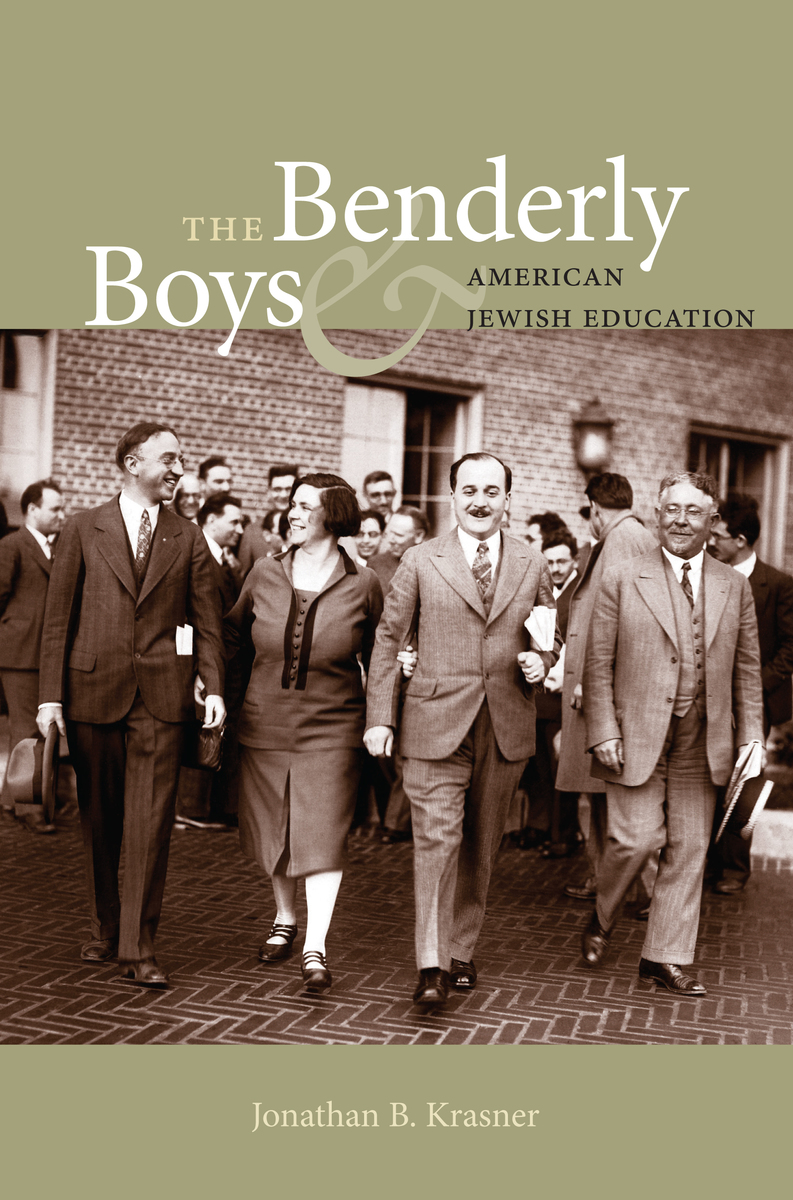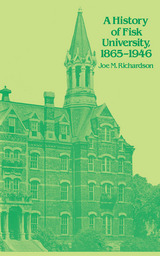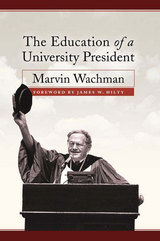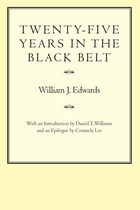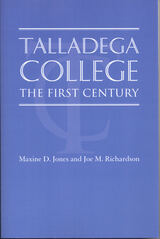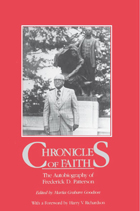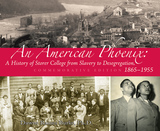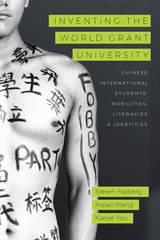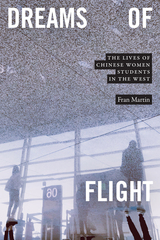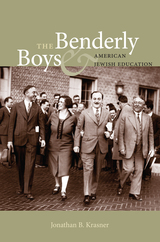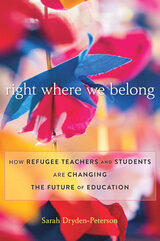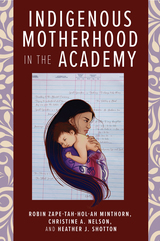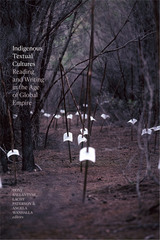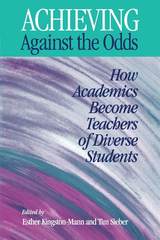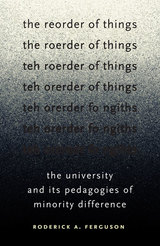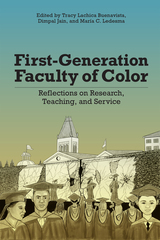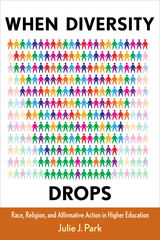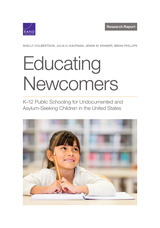The Benderly Boys and American Jewish Education
Brandeis University Press, 2011
Cloth: 978-1-58465-966-2 | Paper: 978-1-58465-983-9 | eISBN: 978-1-61168-293-9
Library of Congress Classification LC3571.K73 2011
Dewey Decimal Classification 370.89924073
Cloth: 978-1-58465-966-2 | Paper: 978-1-58465-983-9 | eISBN: 978-1-61168-293-9
Library of Congress Classification LC3571.K73 2011
Dewey Decimal Classification 370.89924073
ABOUT THIS BOOK | AUTHOR BIOGRAPHY | TOC
ABOUT THIS BOOK
Samson Benderly inaugurated the first Bureau of Jewish Education in 1910 amid a hodgepodge of congregational schools, khayders, community Talmud Torahs, and private tutors. Drawing on the theories of Johann Pestalozzi, Herbert Spencer, and John Dewey, and deriving inspiration from cultural Zionism, Benderly sought to modernize Jewish education by professionalizing the field, creating an immigrant-based, progressive supplementary school model, and spreading the mantra of community responsibility for Jewish education. With philanthropist Jacob Schiff and influential laymen financing his plans, Benderly realized that his best hope for transforming the educational landscape nationwide was to train a younger generation of teachers, principals, and bureau leaders. These young men became known collectively as the “Benderly Boys,” who, from the 1920s to the 1970s, were the dominant force in Jewish education—both formal and informal—in the United States.
See other books on: 1876- | Education | Jewish Studies | Jews | Krasner, Jonathan B.
See other titles from Brandeis University Press
